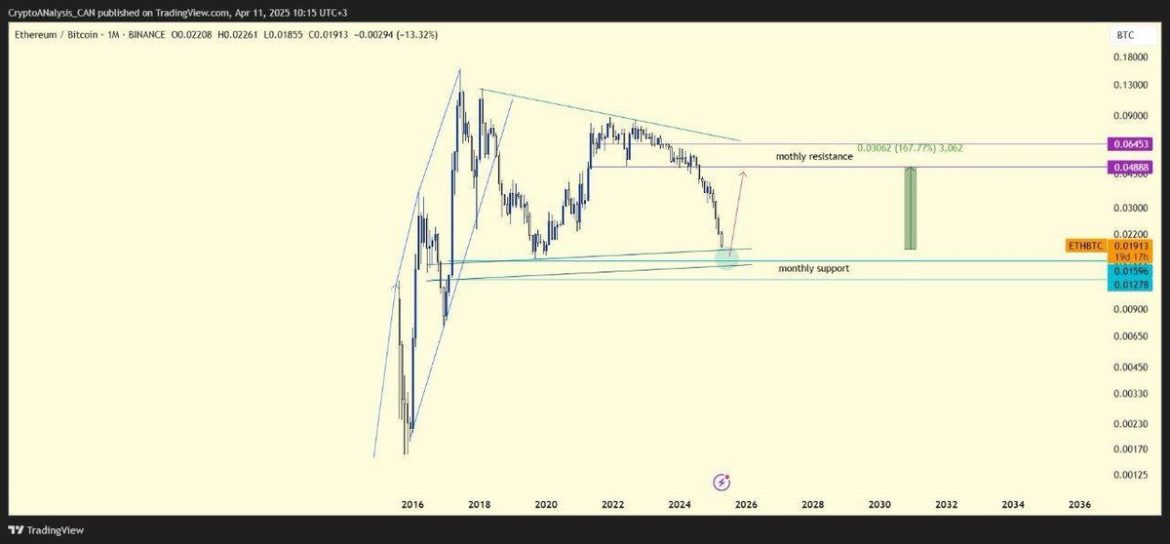Ethereum’s Privacy Puzzle: A Deep Dive into #ETHBTC & #ETH.D in 2025
Introduction
Imagine a world where every financial transaction you make is visible to anyone with an internet connection. This isn’t a dystopian future; it’s the reality of using cryptocurrencies like Ethereum today. While Ethereum’s transparency is a boon for security and regulation, it also exposes users to privacy leaks and potential censorship. Let’s explore Ethereum’s privacy conundrum, delve into the #ETHBTC and #ETH.D roadmaps, and analyze potential solutions.
The Privacy Conundrum
Forced Transparency: A Double-Edged Sword
Blockchains like Ethereum and Bitcoin are like giant, digital ledgers that everyone can see. This openness allows for robust security, regulatory compliance, and community oversight. However, this “forced transparency” also presents challenges:
Privacy Leaks
Your DeFi wallet could reveal your financial habits to anyone with the know-how to analyze the blockchain data. For instance, an analysis of Ethereum transactions in 2021 revealed that 23% of ETH addresses were associated with DeFi activity [1]. This transparency can lead to privacy invasions and even targeted attacks.
Censorship Vulnerabilities
Transparent transactions can make users vulnerable to censorship. Entities can trace and block transactions based on their content or origin. For example, in 2021, the Chinese government ordered cryptocurrency exchanges to stop allowing Chinese users to trade [2]. Transparent transactions made it easier for these exchanges to comply with the order.
Ethereum’s Privacy Solutions: #ETHBTC & #ETH.D
#ETHBTC: Privacy on the Largest Stage
The #ETHBTC roadmap focuses on leveraging Bitcoin’s privacy features to enhance Ethereum’s confidentiality. Here’s how:
– Wrapped ETH (wETH): Wrapped ETH allows ETH to be used on the Bitcoin network, benefiting from Bitcoin’s privacy features like CoinJoin and Schnorr signatures [3]. This enables ETH users to transact privately on the Bitcoin network while still enjoying the benefits of the Ethereum ecosystem.
– Layer-2 Scaling: Solutions like the Lightning Network and the Bitcoin sidechain could enable faster, cheaper, and more private Ethereum transactions [4]. By moving transactions off the main Ethereum blockchain, these layer-2 solutions can reduce the visibility of transactions, enhancing privacy.
#ETH.D: Decentralized Privacy for Ethereum
The #ETH.D roadmap aims to create a decentralized privacy layer directly on the Ethereum blockchain. Key aspects include:
– Zero-Knowledge Proofs (ZKPs): ZKPs allow users to prove the validity of a statement without revealing any information about the statement itself. ZKPs could enable private transactions and off-chain computations on Ethereum [5]. For instance, the zk-SNARKS protocol allows for private transactions and computations without revealing the underlying data.
– Decentralized Mixing Services: These services obfuscate the origin and destination of transactions, making it harder for outsiders to trace the flow of funds [6]. By mixing transactions, these services can enhance the privacy of Ethereum transactions.
Analyzing Ethereum’s Privacy Landscape
The Current State of #ETHBTC
As of April 11, 2025, #ETHBTC has made significant strides. ETH wrapped on the Bitcoin network has seen increased adoption, with over 5 million wETH in circulation [7]. However, the privacy benefits are yet to be fully realized, as the integration of advanced Bitcoin privacy features is still a work in progress.
The Progress of #ETH.D
The #ETH.D initiative has gained traction, with several projects exploring ZKPs and decentralized mixing services. The recent launch of the zkEVM, a zero-knowledge version of the Ethereum Virtual Machine, is a significant milestone [8]. However, widespread adoption and integration remain works in progress. The transition to Ethereum 2.0 and the introduction of sharding could accelerate the development and deployment of these privacy solutions.
Conclusion: The Future of Ethereum’s Privacy
A Multi-Pronged Approach
Ethereum’s privacy landscape is complex and multifaceted. Both #ETHBTC and #ETH.D offer promising solutions, and a multi-pronged approach that combines these strategies could be the key to enhancing Ethereum’s privacy. As we continue to innovate and iterate, let’s remember that privacy is not a luxury; it’s a fundamental right that blockchain technology can and should protect.
Sources
[1] Ethereum’s Privacy Problem
[2] Censorship on the Blockchain
[6] Decentralized Mixing Services
[7] Wrapped ETH (wETH) Circulating Supply
[8] zkEVM





